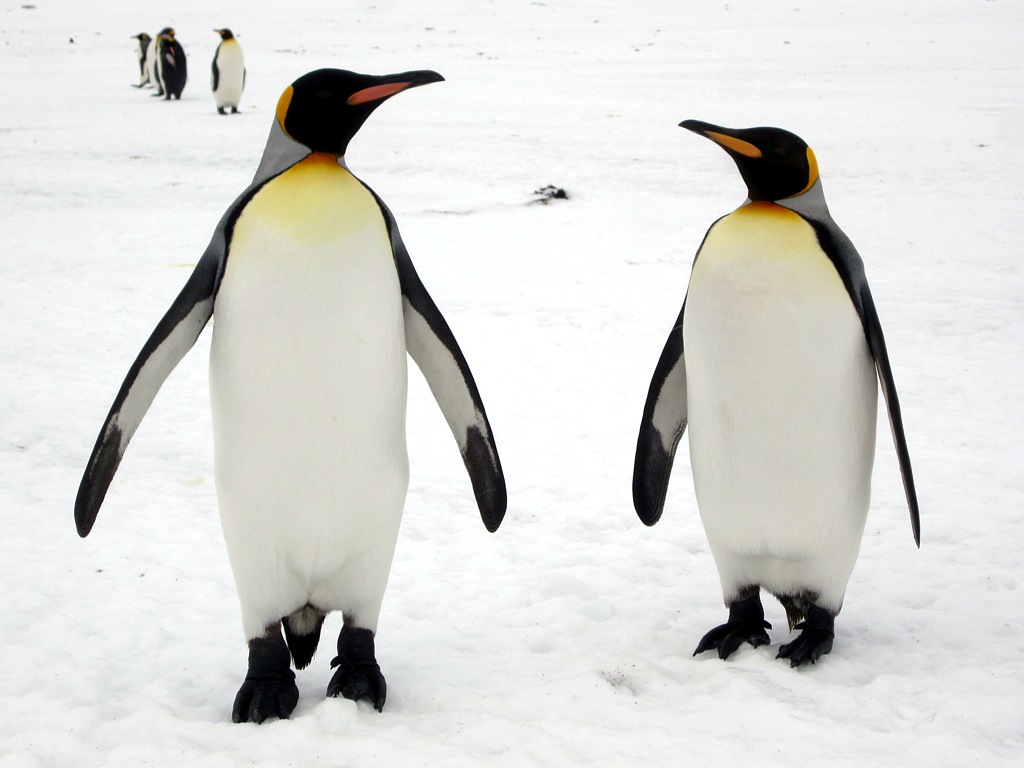Why do flightless birds have wings?
Wings on flightless birds just don’t seem to make sense. If natural selection is all about adapting to suit your environment, what’s the deal with physical features or attributes that hang around even though they’ve lost their original function?
These are known as vestigial structures: features that had a necessary function at one time for an organism’s ancestors, but are nowhere near as important for modern species. Wings on flightless birds are just one example.

Vestiges aren’t always functionless. They may simply have a different function from that which they performed in an organism’s ancestors. Some, for instance, may perform relatively minor functions using structures that may have had other, more complex purposes in their ancestors. Ostrich wings are an example. They are anatomically complex—as they need to be to enable flight in flying birds. But in ostriches they perform less complex roles, such as balance during running and courtship displays.
There is debate about whether certain features are useful or not, and our understandings about some of these have shifted over time. The human appendix, for example, long thought to be a classic example of a ‘useless’ organ, has now been found to have a role in the immune system, in helping to regulate pathogens, and in assisting in digestive system movement and removal of waste.
Vestiges can also be found at the molecular level. Unlike most animals, humans can’t synthesise ascorbic acid (Vitamin C). Yet, like our closest living relatives, we retain the gene needed to do so, in the form of a ‘pseudogene’ (a gene that is present, but incapable of functioning).
So why haven’t those non-adaptive or non-functional features disappeared? Quite simply, because there’s been little reason for them to do so. It’s only if these features turn out to be particularly disadvantageous in a specific environment (so much so that creatures with that trait do not survive and so don’t pass on their genes) that they would relatively rapidly vanish from a population.
Nipples of male mammals, for example, probably never had any function. They persist, however, due to the genetic blueprint shared by all human foetuses—and because there is no particular harm in them hanging around. In some marsupial species, males as well as females have a pouch, but in others they don’t—presumably it is a small advantage not to waste resources making an unnecessary pouch.
The important thing to realise is that evolution is still happening right now. What we see is often a stage in the disappearance of an old function, or the honing of a new one. Evolution in large, slow-breeding animals like humans happens slowly, so it can take a very long time for non-functional features to disappear. There are fewer chances for mutations that would eliminate these vestigial features, and fewer chances for those mutations to spread via various evolutionary mechanisms.





